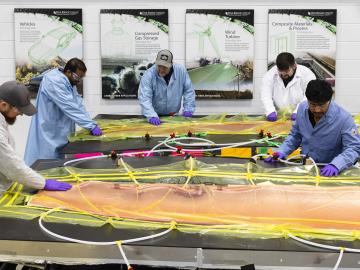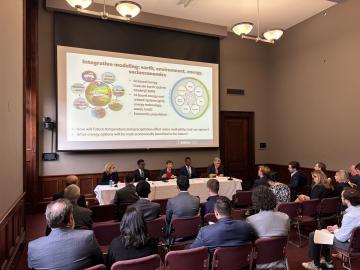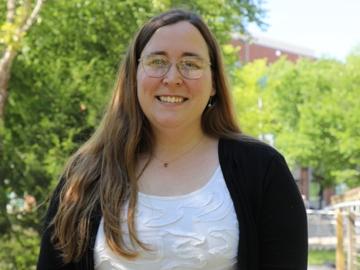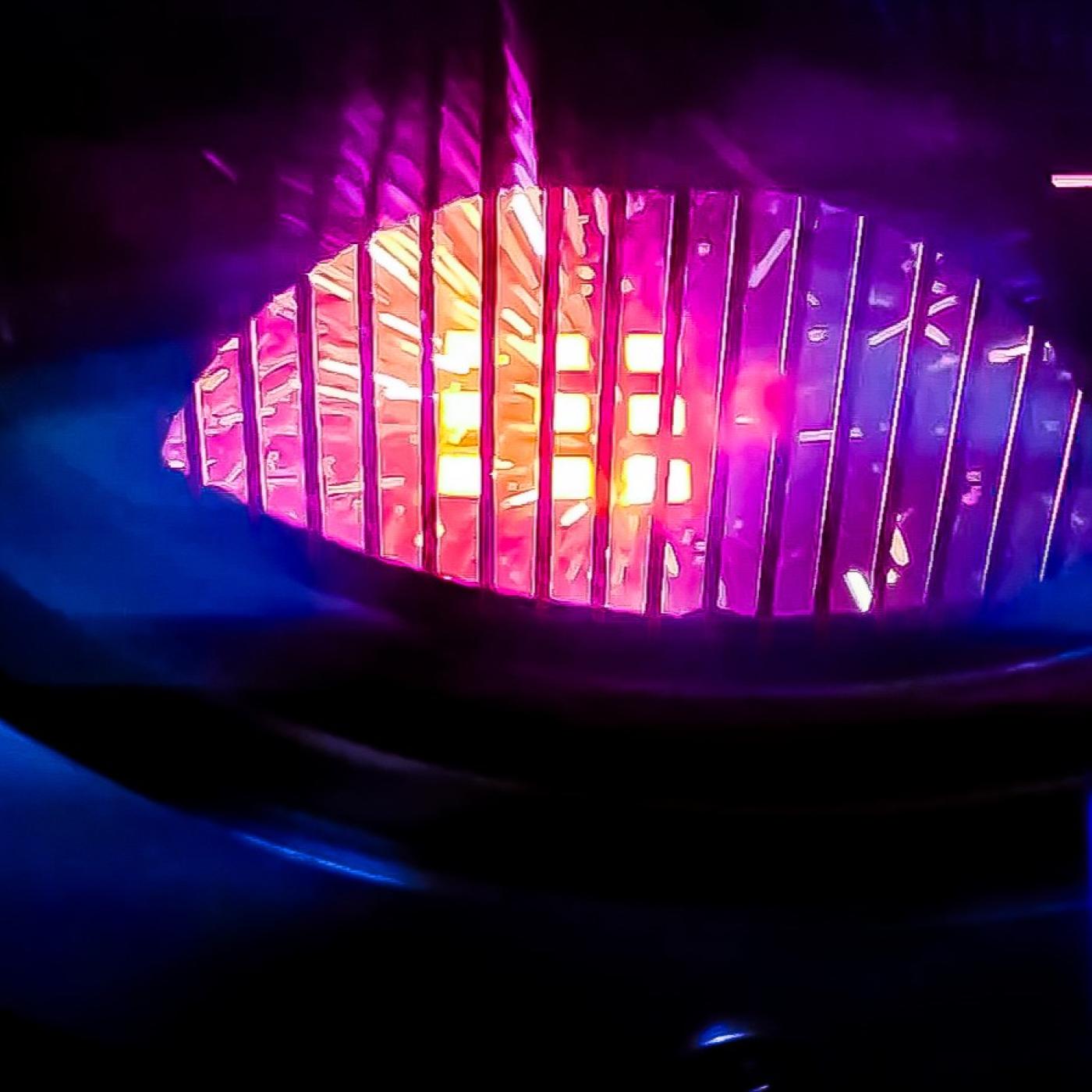
Filter News
Area of Research
- Biological Systems (1)
- Biology and Environment (46)
- Biology and Soft Matter (1)
- Clean Energy (38)
- Climate and Environmental Systems (1)
- Computational Biology (1)
- Fusion and Fission (3)
- Isotopes (18)
- Materials (30)
- Materials for Computing (4)
- National Security (13)
- Neutron Science (11)
- Nuclear Science and Technology (3)
- Quantum information Science (2)
- Supercomputing (29)
News Type
News Topics
- (-) Biomedical (33)
- (-) Climate Change (54)
- (-) Composites (9)
- (-) Cybersecurity (14)
- (-) Energy Storage (30)
- (-) Isotopes (31)
- (-) Mercury (7)
- (-) Microscopy (20)
- (-) Physics (32)
- (-) Space Exploration (12)
- 3-D Printing/Advanced Manufacturing (45)
- Advanced Reactors (8)
- Artificial Intelligence (54)
- Big Data (32)
- Bioenergy (52)
- Biology (62)
- Biotechnology (13)
- Buildings (23)
- Chemical Sciences (28)
- Clean Water (15)
- Computer Science (91)
- Coronavirus (17)
- Critical Materials (5)
- Decarbonization (48)
- Education (2)
- Emergency (2)
- Environment (107)
- Exascale Computing (34)
- Fossil Energy (4)
- Frontier (29)
- Fusion (31)
- Grid (26)
- High-Performance Computing (52)
- Hydropower (5)
- ITER (2)
- Machine Learning (26)
- Materials (46)
- Materials Science (50)
- Mathematics (7)
- Microelectronics (3)
- Molten Salt (1)
- Nanotechnology (16)
- National Security (48)
- Net Zero (8)
- Neutron Science (55)
- Nuclear Energy (56)
- Partnerships (23)
- Polymers (8)
- Quantum Computing (23)
- Quantum Science (34)
- Renewable Energy (1)
- Security (12)
- Simulation (35)
- Software (1)
- Statistics (2)
- Summit (34)
- Sustainable Energy (49)
- Transformational Challenge Reactor (3)
- Transportation (27)
Media Contacts

Researchers led by the University of Melbourne, Australia, have been nominated for the Association for Computing Machinery’s 2024 Gordon Bell Prize in supercomputing for conducting a quantum molecular dynamics simulation 1,000 times greater in size and speed than any previous simulation of its kind.

Biochemist David Baker — just announced as a recipient of the Nobel Prize for Chemistry — turned to the High Flux Isotope Reactor (HFIR) at Oak Ridge National Laboratory for information he couldn’t get anywhere else. HFIR is the strongest reactor-based neutron source in the United States.

ORNL researchers were honored with a prestigious ACE Award for Composites Excellence by the American Composites Manufacturers Association. The team won the “innovation in green composites design” prize for creating a fully recyclable, lightweight wind turbine blade tip that incorporates low-cost carbon fiber and conductive coating for enhanced protection against lightning strikes.

Prasanna Balprakash, director of AI programs for ORNL, discussed advancing climate and weather research through high performance computing and artificial intelligence as part of a September 18 panel for the United States Senate.

Karly Harrod, recipient of the Early Career Competition Laboratory Directed Research and Development award at ORNL, is focused on extracting disease data from reports. Passionate about global health, she looks forward to applying her expertise to climate data within the geospatial science and human security division.

Scientists at ORNL used neutrons to end a decades-long debate about an enzyme cancer uses.
After retiring from Y-12, Scott Abston joined the Isotope Science and Engineering Directorate to support isotope production and work with his former manager. He now leads a team maintaining critical equipment for medical and space applications. Abston finds fulfillment in mentoring his team and is pleased with his decision to continue working.

Nuclear physicists at the Department of Energy’s Oak Ridge National Laboratory recently used Frontier, the world’s most powerful supercomputer, to calculate the magnetic properties of calcium-48’s atomic nucleus.

ORNL’s Joshua New was named the 2024 Researcher of the Year by R&D World magazine as part of its R&D 100 Professional Award winners.

Jeremiah Sewell leads a team at ORNL, working on xenon-129 production for lung imaging. Reflecting on his career, Sewell views each opportunity as a "door" he steps through, leveraging over 25 years of experience in nuclear power and centrifuge operations to advance the facility’s mission.


